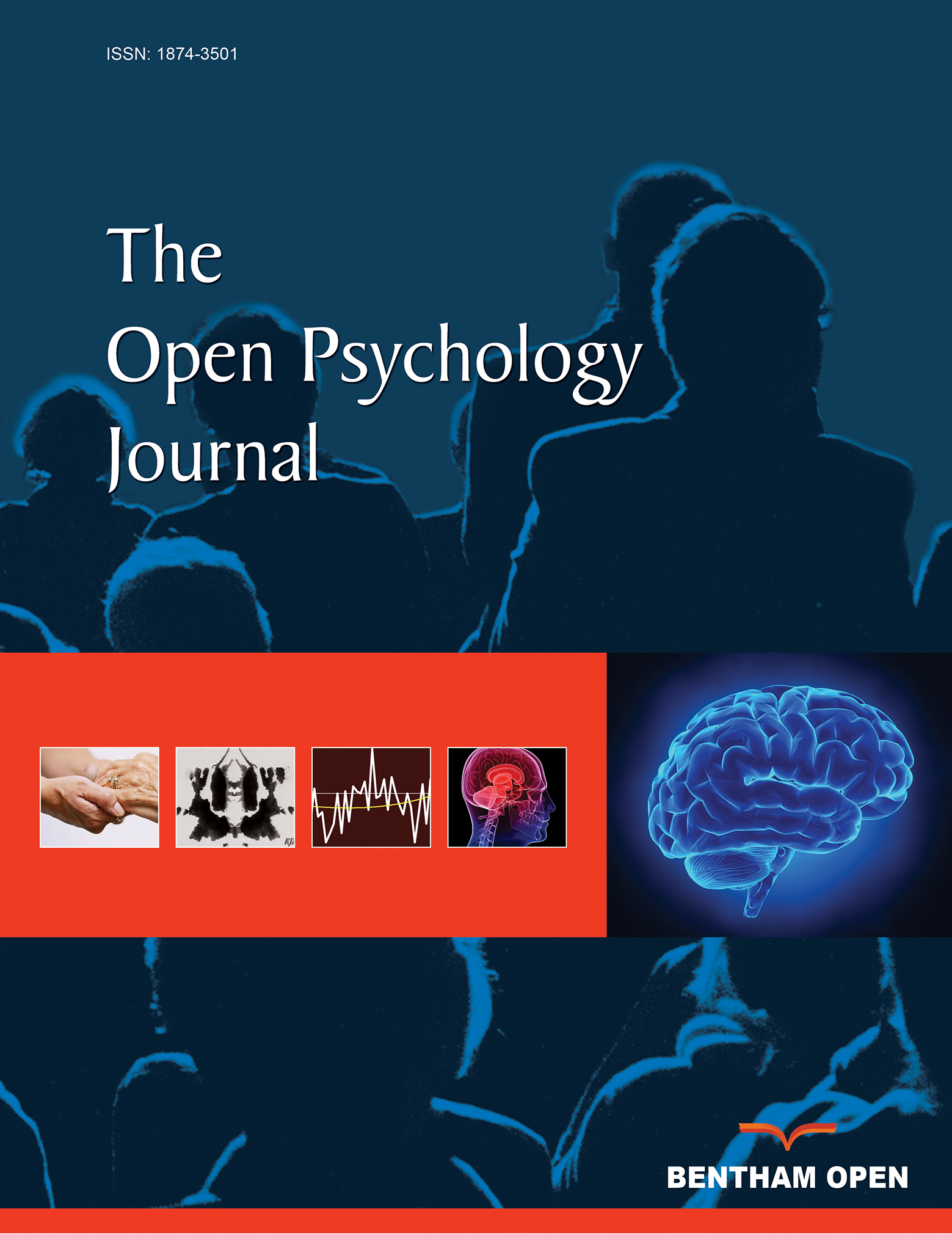All published articles of this journal are available on ScienceDirect.
Validating the Arabic Scale of Happiness among College Students
Abstract
Background:
Happiness is well known to have positive consequences not only on one person but also on society as a whole. For this reason, psychologists have become increasingly interested in positive psychology in general and in happiness in particular. This interest has been reflected in studying happiness and measuring it. Thus, questions raised lately about the best methods or producers and tools to accurately measure it. And, because happiness is a culturally influenced construct, the applicability of such tools needs to be verified across cultures.
Objectives:
The study aimed at assessing the reliability and validity of the Arab Scale of Happiness (ASH). The study was conducted on college students, and the analysis included testing of several statistical analyses such as the correlations between two tools for measuring happiness, namely, the Oxford Happiness Questionnaire (OHQ) and Satisfaction With Life Scale (SWKS), and Beck Depression Inventory (BDI-II).
Methods:
A total of 731 college students from a public university in UAE were recruited for the tests used in the study. The validation process of the ASH included assessing its factor structure using both exploratory factor analysis and confirmatory factor analysis. Convergent validity, discriminant validity, and internal reliability of the scale were assessed and reported in addition to evaluating gender differences.
Results:
Results indicated that the ASH is unidimensional, with a dominant factor explained more than 50% of the variance. The internal reliability of the ASH was high (α= .93), and all items performed properly in measuring happiness. The scale has a good convergent validity as it is highly and positively correlated with OHQ and SWLS, and good discriminate validity as its highly and negatively correlated with BDI-II.
Conclusion:
The ASH is a reliable and valid scale for measuring happiness among youth and college students. It is necessary to establish its appropriateness for use across populations or countries in future studies. Furthermore, the scale can be used in cross-cultural applications to assess happiness among different groups of individuals.


